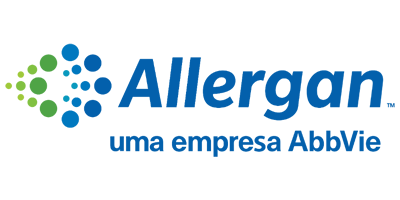
Sessão de Encontro com o Autor – Tema Livre (Pôster)
Código
P82
Área Técnica
Retina
Instituição onde foi realizado o trabalho
- Principal: Universidade de São Paulo (USP)
Autores
- TAURINO DOS SANTOS RODRIGUES NETO (Interesse Comercial: NÃO)
- Luiz Guilherme Marchesi Mello (Interesse Comercial: NÃO)
- Epitácio Dias da Silva Neto (Interesse Comercial: NÃO)
- Rony Carlos Preti (Interesse Comercial: NÃO)
- Mário Luiz Ribeiro Monteiro (Interesse Comercial: NÃO)
- Leandro Cabral Zacharias (Interesse Comercial: NÃO)
Título
A STANDARDIZED METHOD TO QUANTITATIVELY ANALYZE OPTICAL COHERENCE TOMOGRAPHY ANGIOGRAPHY IMAGES OF THE MACULAR VESSELS
Objetivo
To describe a fast and reproducible quantitative analysis of the foveal avascular zone (FAZ), macular superficial and deep vascular complexes (mSVC and mDVC, respectively) in OCTA images.
Método
We survey models and methods used for studying retinal microvasculature, and software packages used to quantify microvascular networks. These programs have provided researchers with invaluable tools, but we estimate that they have collectively achieved low adoption rates, possibly due to complexity for unfamiliar researchers and nonstandard sets of quantification metrics. To address these existing limitations, we discuss opportunities to improve effectiveness, affordability, and reproducibility of microvascular network quantification with the development of an automated method to analyze the vessels and better serve the current and future needs of microvascular research. OCTA images of the macula (10°x10°or 20°x20° centered on the fovea) were exported from the device and processed using the open-source software Fiji. The mSVC, mDVC, and pSVC were automatically analyzed regarding vascular density in the total area and four sectors (superior, inferior, nasal, and temporal). We also analyzed the FAZ regarding its area, perimeter, and circularity in the SVC and DVC images
Resultado
We developed an automated model and discussed a step by step method to analyze vessel density and FAZ of the macular SVC and DVC, acquired with OCTA using different fields of view.
Conclusão
The standardization of the OCTA evaluation is of great importance in the scientific and clinical use of the OCTA device. Our developed automated analysis of macular OCTA images will allow a fast, reproducible, and precise quantification of SVC, DVC, and FAZ. It would also allow more accurate comparisons between different studies













